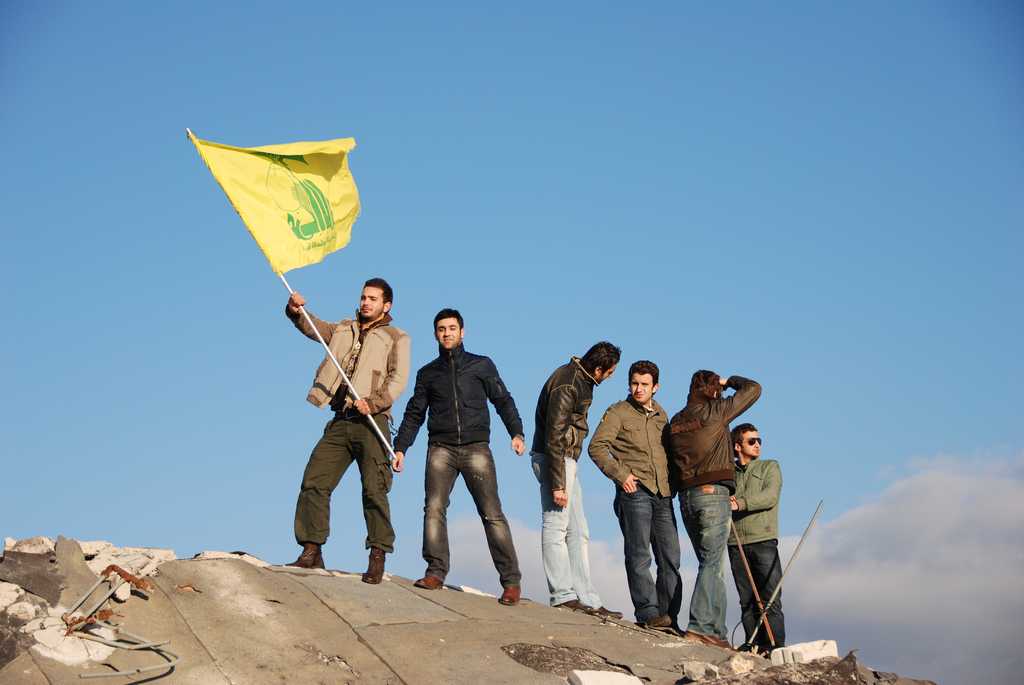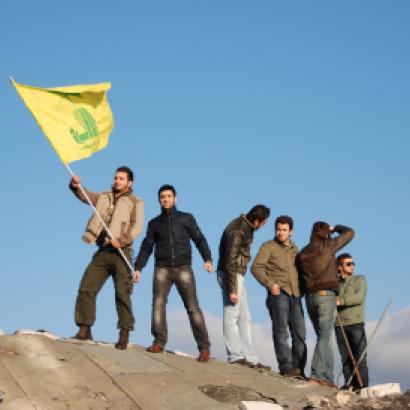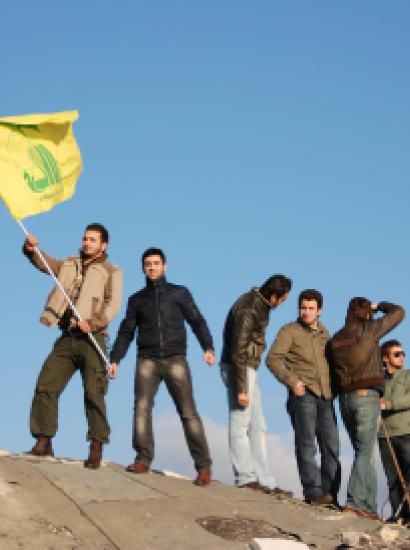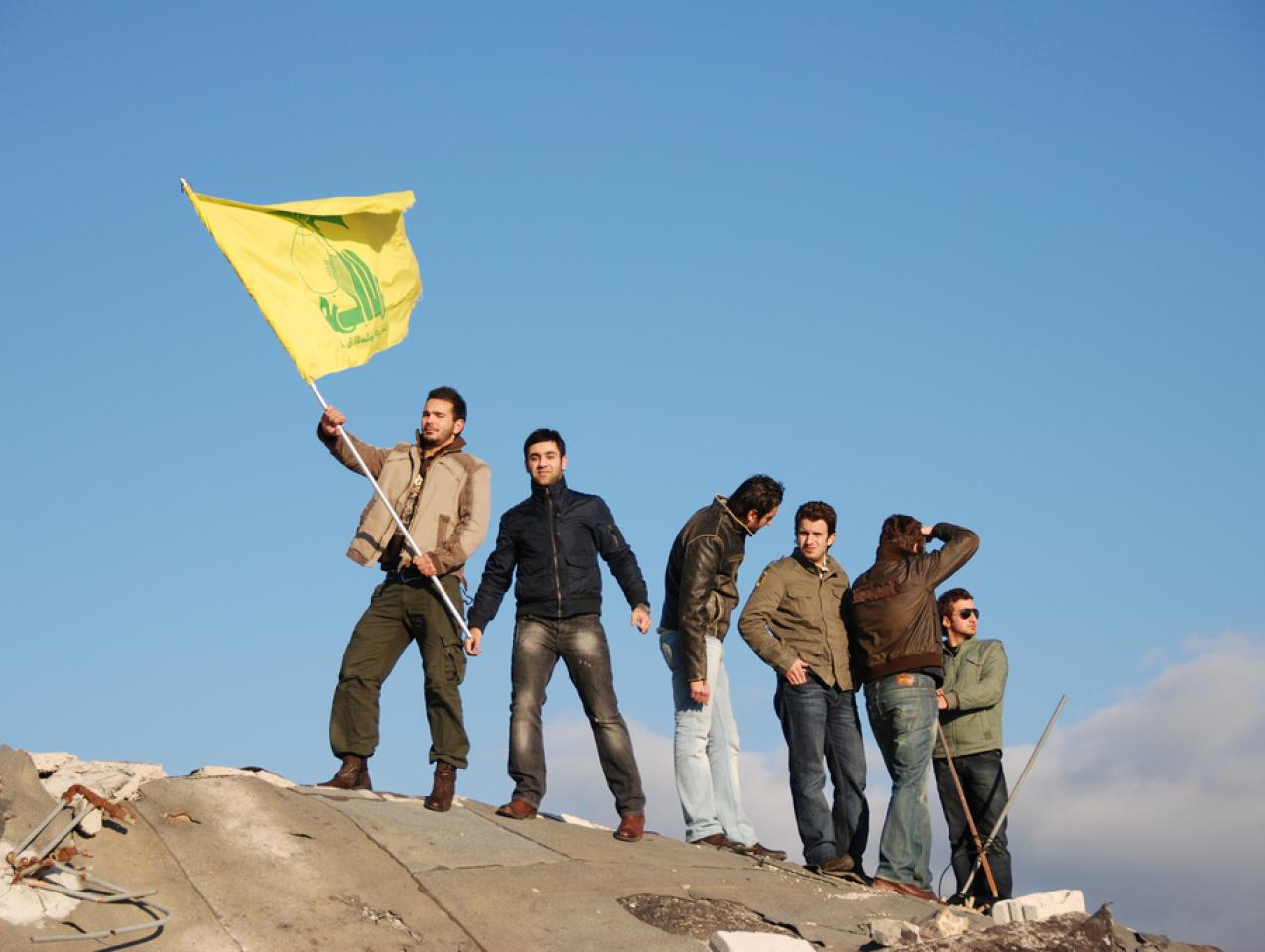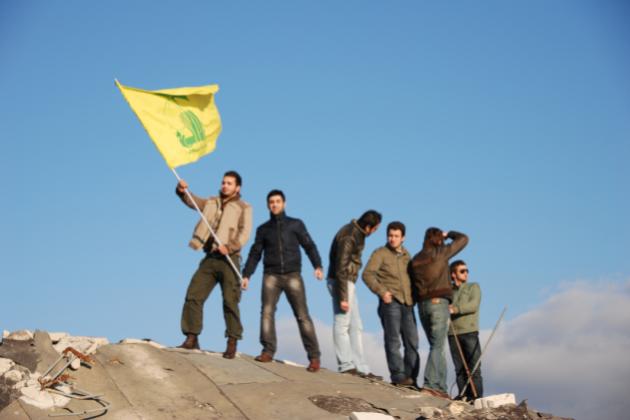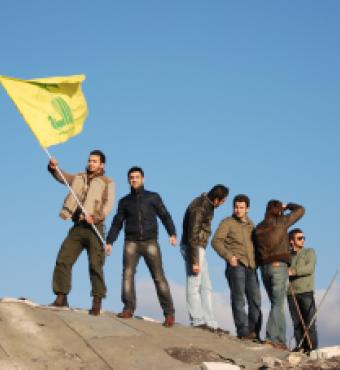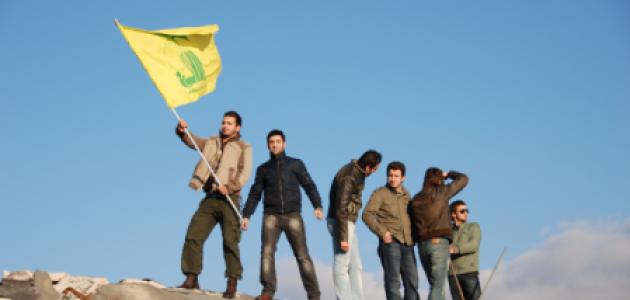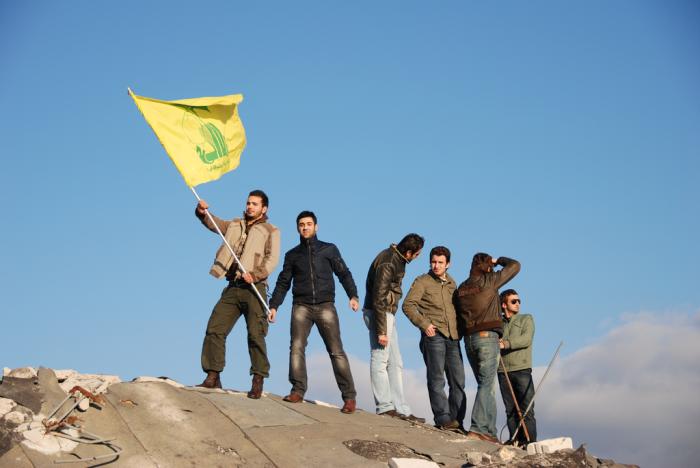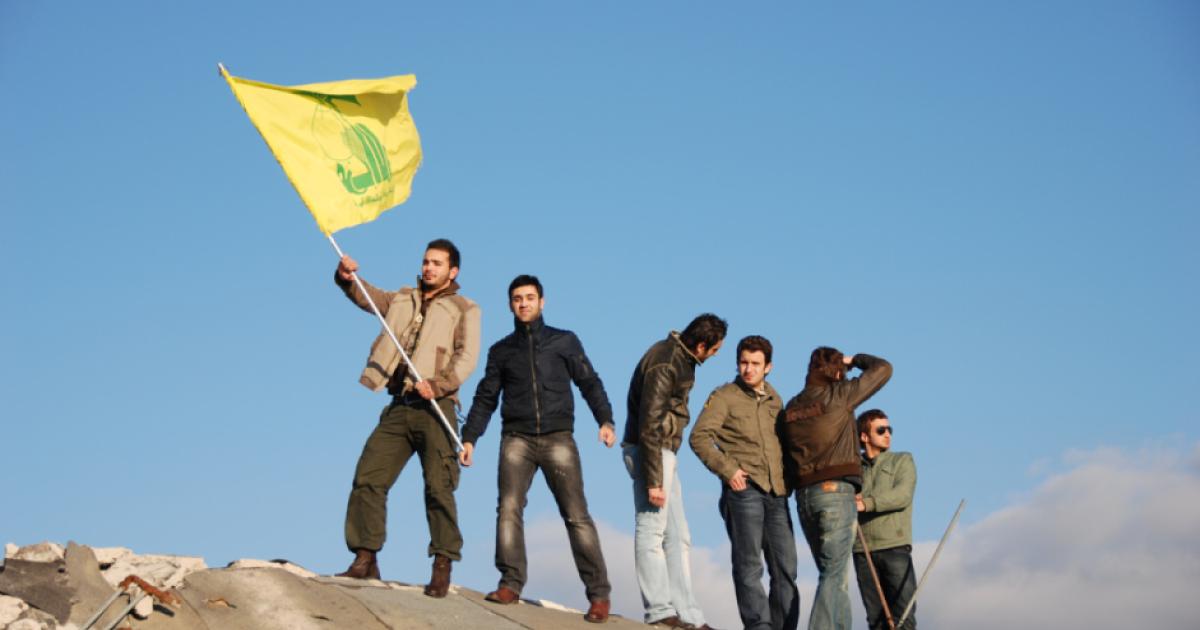Editor’s note: The following article is an excerpt from The Great Unraveling: The Remaking of the Middle East (Hoover), a series of essays by several distinguished Middle Eastern experts. This essay, on the growing chaos within the Middle East, was written by Fouad Ajami, the peerless Arabist who passed away this summer.
I: The Patrons
Nowadays, the shadow of resourceful powers lies across the Fertile Crescent—the stretch of geography that runs from the Iranian border with Iraq to the Mediterranean. These are not the Western powers that enjoyed decades of primacy in the region. Iran, Turkey, and Saudi Arabia have stepped into the vacuum left by the retreat and disinterest of the West.
Of the three powers, Iran must be reckoned to be the strongest. It has money to spread and plenty of bravado to impress the gullible, and its Shiite communities help paper over the Arab-Persian divide and the differences of language and temperament. It is an outlaw power—its Quds Force, a unit of the Revolutionary Guard, can strike at will in the region, blurring the line between politics and terror. Its nuclear ambitions, and the scramble of the world’s powers to contain those ambitions, give Iran great leverage in this regional contest. The suspicion arises that the theocracy’s transgressions in this neighborhood can be forgiven so long as it is willing to halt its nuclear drive.
Turkey is an odd claimant to influence. A century ago, Turkey turned its back to the Arab domains it had governed for a good four centuries. Ottomanism was discarded as a new Turkish republic looked West, believing there was nothing of value in the old Ottoman provinces. But a neo-Ottomanist temptation was to rear its head with the rise of a younger generation of Islamists in the country’s politics. The return to the Arab world was hesitant and rested on the preference of a fairly narrow political class. The bureaucratic and military elites and the Westernized intellectuals wanted nothing to do with this new calling.
Still, what has been dubbed the “Sunnification of Turkish foreign policy” had plunged the Turkish state into Arab affairs. A daring leader, Recep Tayyip Erdogan, had succumbed to a grand Islamic ambition for himself and his country. His Arab detractors spoke of him as a new sultan and insisted that they were done with the age of sultans. But geography had its pull, and the disorder so near Turkish territory, in Syria, and Iraq gave the Turkish state new opportunities as it brought dangers aplenty.
In the scheme of things, the third of these powers, Saudi Arabia, is the most cautious of players. Saudis are supreme realists; they are immune to the call of great, risky endeavors. They guard their home turf but, for the most part, steer clear of the quarrels of others. They have wealth, and they rightly suspect that foreign entanglements will be a drain on them. But a new activism came to the Saudi realm of late. There were contests over Iraq, Syria, and Lebanon they could not ignore.
A monarch who goes by the title of Custodian of the Two Holy Mosques could not avert his gaze from the Sunni-Shia fight at play in the Fertile Crescent. Iran, a rival in the Gulf, had pulled Saudi Arabia into this contest of nations and religious sects. Saudi Arabia shed its reticence out of a legitimate fear that Iran’s bid for dominion had grown increasingly menacing. Saudi Arabia couldn’t sit out the assault of Bashar al-Assad on a Sunni rebellion or the brazen conquest of Beirut by Hezbollah. In their modern history, the Saudis had an abiding faith in American power. The abdication by the Obama administration would, in time, force the Saudis to greater assertiveness than they had been known for. The House of Saud has great leeway over sovereign matters, but the rulers still have to be responsive to the ulama (religious scholars) and to laymen offended by the ordeal of Sunni communities in Iraq, Syria, and Lebanon.
The disorder of the Fertile Crescent—a magnet that draws outsiders—can be traced to the weakness of Sunni Islam in this region. In the Arabian Peninsula, Egypt, and North Africa, mainstream Sunni Islam is ascendant. The fault line that bedevils these lands is between secularists, who want to keep the faith at bay, and Islamists, who have stepped forth in recent decades to assert the hegemony of the sacred over the political.
The Fertile Crescent presents a different landscape. Here, Sunni Islam was ascendant in the cities and centuries of Ottoman rule augmented Sunnism. Arab nationalism, too, had been a prop of Sunni primacy. But the edifice of Sunni power was fragile, and it would be toppled in the course of the second half of the past century. The military despotism of the Alawis in Damascus and the rise of the Shia in Beirut and Baghdad were a challenge that Sunnism felt as a great violation. When the rebellion came to Syria in 2011—the last of the rebellions of the Arab Spring—a terrible struggle lay in wait for the Syrians and their immediate neighbors. In Syria and Lebanon, the Sunnis, merchant communities, had to take up arms to correct for their military weakness. In Iraq, the Sunnis, suddenly powerless in the aftermath of an American war, fell into despondency only to be inspired by a Sunni rebellion across a meaningless Iraq-Syria frontier.
II: In the Name of the Saints
“The destructive distortions of the tradition were all caused by men who had experienced something new which they tried almost instantaneously to overcome and resolve into something old,” Hannah Arendt wrote in Between Past and Future (1968). The sectarian militias and the holy warriors battling across the Shia-Sunni divide bore out the wisdom of Arendt’s insight. The world around them was new and distinctive, as were their feuds. That kind of novelty they could not understand or resolve. So they fell back on the past, borrowed its sanctity, and vowed to avenge its wounds. What is one to make of an Iraqi political man, Prime Minister Nuri al-Maliki, dividing the world between “Hussein’s people,” and “Yazid’s people”? It was an unflattering line he drew—Hussein, the patron saint of the Shia faith, the Prophet Muhammad’s grandson martyred in a seventh century battle in southern Iraq, versus Yazid, the cruel Umayyad ruler in Damascus who had struck with his whip the saintly man’s severed head when it was presented him after the battle of Kerbala.
These were old happenings, in the year 680, to be exact. Nuri Kamal al-Maliki, a political operative who had been formed in the Shia underground of Iraq, was making a bid for a third term as prime minister of his country. He had the resources of an oil-rich country at his disposal; he had managed to make himself useful to both Iran and the United States—presumed political rivals over Iraq. American Hellfire missiles and Apache helicopters were being delivered to him as he was doing battle in his country’s largest province, the Anbar. The Sunni population of the Anbar had risen against his government, and he had done precious little to conciliate them. He assaulted their protest encampments and spoke to them in the conqueror’s language. But he had virtue on his side as he belonged in the ranks of “Hussein’s people.” Imam Hussein had died on the plains of Kerbala, cut off from the waters of the Euphrates. He and a band of followers—seventy fighters, the sources say—had been abandoned by the Iraqis in the city of Kufa who had pleaded with him to leave his home in the Hijaz and to lead them in their struggle against the Syrians. Hussein had died a cruel and solitary death: he had been beheaded, his body trampled by horses. But now, many centuries later, he was being claimed and avenged, and the main body of the Islamic faith, the Sunnis, were being labeled Yazid’s people.
And there was Imam Hussein’s sister, Zeinab, buried in a shrine on the outskirts of Damascus. Zeinab had been revered and beloved by the faithful. She had been with her brother and his companions at Kerbala. It was she who presented Hussein’s body to God, asked him to accept that sacrifice. She had, with her own body, protected Hussein’s young son, pleaded with the soldiers to spare him. She had made the voyage from Kerbala to Damascus in shackles. The high birth—she was the prophet’s granddaughter—and the grief were vintage Shia themes. For centuries the shrine was the destination of believers—particularly women—who sought religious merit. But now the shrine had been politicized. Armed men from Iraq and Lebanon were making their way to Damascus. They came with a stirring slogan: Zeinab will not be shackled twice, they proclaimed, as they joined the fight on the side of Assad’s dictatorship.
Out of the past, people in that particularly fractured part of the Arab world were attempting to make a future. In a once-lighthearted—almost frivolous—Beirut, warriors under the banners of Hezbollah were a veritable parody of the Iranian theocracy. Qom and Tehran were far away, possessed of an entirely different temperament and speaking a different language; yet, here were young men doing their best to imitate the trappings of the Iranian revolutionary regime. A mullah born in utter destitution, Hassan Nasrallah had ridden Iran’s coattails to greed, power, and influence. He had become Lebanon’s mightiest warlord. He made and unmade cabinets, promoted or sacked high army officers. His intelligence apparatus had the run of the country. A television station, Al Manar, carried his speeches and spread his legend as the “fighting Sayyed.” Lebanese don’t have to be particularly old to recall a country in which a man like Nasrallah would have been consigned to social and economic marginality.
Those on the rise among the Shia were eager modernists, keen to assimilate the new ways of the city and slip undetected past Christian or Muslim Sunni gatekeepers. The world had been stood on its head; the Western embassies that once disposed the power in Beirut had been diminished. Nasrallah, with his black turban and abaya (cloak), had at his disposal a vast relief network: the needy looked to him, and his movement, for sustenance. There were skeptics aplenty among the Shia. But they were no match for what Iran made available to this satrap.
There came a time—in late April 2013—when Nasrallah himself owned up to his militia’s direct role in the Syrian struggle. There was no need for dissimulation as scores of Hezbollah fighters had fallen in Syria, and a predecessor of Nasrallah’s, Shaykh Subhi Tufayli, who had broken with the movement, had said he knew of more than 130 Hezbollah warriors who had been killed in Syria, sent there by the group’s leaders.
“There are people who defend this area. Those people are working to prevent strife and are not the ones who are creating it. This is a very sensitive issue, given the fact that sectarian extremist groups have announced that if they reach the shrine, they will destroy it,” Nasrallah said. “If such a crime were to take place, it will carry with it grave consequences. Countries supporting these groups will be held responsible were it to take place.” The sectarian war was unmasked: the unnamed countries were the Sunni states in the Gulf, and Turkey.
III: Blowback
The protection of the shrine of Zeinab was a convenient pretext. A more important military role of Hezbollah was its participation in a battle for the town of Qusayr in the hinterland of Homs, by the Lebanese border. Qusayr, a Sunni town, lay on the road between Damascus and the Syrian coast and between the coast and Hezbollah strongholds in the Bekaa Valley. The Syrian regime’s forces had not been able to hold Qusayr, and Hezbollah had stepped into the breach. The claim that Hezbollah had ventured into Qusayr to protect Shia villagers was bogus. A battle for the Syrian coast had erupted, and the Sunni-Alawi city of Baniyas had come under assault. The regime’s play was obvious: sectarian cleansing and pushing the Sunnis out of the region.
The stakes for Hezbollah, both in Lebanon and the Arab world, had risen. Its forces had joined the battle to carve up an Alawi statelet should the regime conclude that the battle for Syria was lost. This intervention in Qusayr had stirred up the wrath of the Sunnis of Lebanon. A militant preacher in Sidon, Ahmad al-Assir was to declare the fight in Syria a jihad for his own community. Assir was the perfect nemesis for Nasrallah. The young man was a stirring orator delivering his sermons in colloquial Lebanese. He minced no words: Hezbollah was the Party of Iran, not the Party of God. In a speech in April 2013 (posted on YouTube of course), he described Nasrallah as a “war criminal” and said Hezbollah was more “accursed” than Israel. He taunted the Shia as accomplices of Israel who had showered the Israeli forces with rice and flowers when they invaded Lebanon in 1982. The cleric spoke of the distress of the Sunnis: they were being killed and belittled in their own country, and the forces of order in Lebanon, the army and the police, were instruments of Hezbollah, and the latter a cat’s paw of Iran.
In the fashion of Hezbollah, but without the big guns and the vast crowds, the young men of Sidon gave Assir a role to play in this sectarian standoff. Sidon is the gateway to the Shia stronghold in the south. The coastal Sunni town of merchants, fishermen, artisans, and citrus growers did brisk business with Shia on their way to the villages in the hill country above Sidon. There was no love lost between the folks of Sidon and the Shia: proximity bred unease, and Sidon—once sure of itself, its urban ways, and the Arab nationalism that was the civic religion of “the street”—was in the way of a Shia juggernaut. The Shia peasants of old whose buses stopped in Sidon on the way to their impoverished villages from Beirut to buy the oranges and bananas of the coast had been transformed. There was Shia money, and Shia demography, and swagger, and a community touched by modernity. Hezbollah, and its allied movement Amal, dominated the politics of southern Lebanon, and Sidon had been overwhelmed.
Assir could not hold back the tide. He gave voice to Sunni resentment. The Sunnis of Syria being subjected to the assault of the dictatorship and to the forces of Hezbollah were brothers and kinsmen. Assir did not have the muscle and the money for this contest. (Rumors suggested that Qatar subsidized him and his mosque.) The Sunni political machine that held sway in Sidon belonged to the family of the tycoon Rafik Hariri and his son and political heir, Saad. But Saad had quit the country for Paris, certain that the assassins of Hezbollah and the Damascus regime would target him if he had remained on the scene. Assir had no kind words for Hariri. He railed against him as a coward who had abandoned the cause. Assir was an urban populist who fused religion and a sense of economic discontent. But the merchants of the Sidon souk could not adopt his militant way: they needed the business of the Shia, who could, when they saw fit, bring the life of the souk to a standstill.
The people of Sidon had hoped against hope that the Hezbollah political apparatus would stay out of the Syrian fight, if only out of a decent regard for the sectarian compact of Lebanon. But Nasrallah did not oblige. He was at once a political player in Lebanon, without doubt the country’s mightiest warlord, and, by his own account, a soldier in the wilayat al-faqih (the Guardianship of the Jurisprudent) of the Iranian theocracy. The expectations that Hezbollah would “go Lebanese, go local” were in vain. Nasrallah had been here before. In 2006, the Iranian regime, diplomatically embattled and isolated over its nuclear program, sought a way out of its dilemma and gave Nasrallah the green light for a little war on the Lebanon-Israel frontier. Nasrallah had promised his political rivals in Lebanon a quiet summer, an opportunity for the traders and the hoteliers to have a good tourist season. But the orders from Tehran—to Nasrallah a religious obligation and the will of his financial backers—trumped the rules of the Lebanese game. It was then that Hezbollah struck, kidnapping two Israeli soldiers and igniting a war that went beyond what Nasrallah had bargained for.
Hezbollah fought Israel for 34 days, and this became Nasrallah’s badge of honor. Fear, and group solidarity, reduced to silence the people of south Lebanon who suffered the consequences of that “victory.” Never mind the death and ruin of that summer. Lebanese and other Arabs obliged, and Hezbollah’s cleric, the “fighting Sayyed,” now became a cult figure. He was a hero in (Sunni) Damascus and in the streets of Lebanon. Less than two years after that terrible summer, Hezbollah would overrun West Beirut, the traditional haven of the Sunnis, and push into the Druze stronghold in the mountain. The arsenal that Iran had given Hezbollah had been justified as the legitimate arsenal of the “resistance” against Israel and the United States. But in May 2008, as the fighters overran West Beirut and put to flight a small contingent loyal to Saad Hariri, the Sunnis in Lebanon and beyond came face-to-face with the sordid reality of Hezbollah’s power and with Iran’s ambitions for the little “sister republic” by the Mediterranean. . .
You may read the rest of the essay by following this link.







